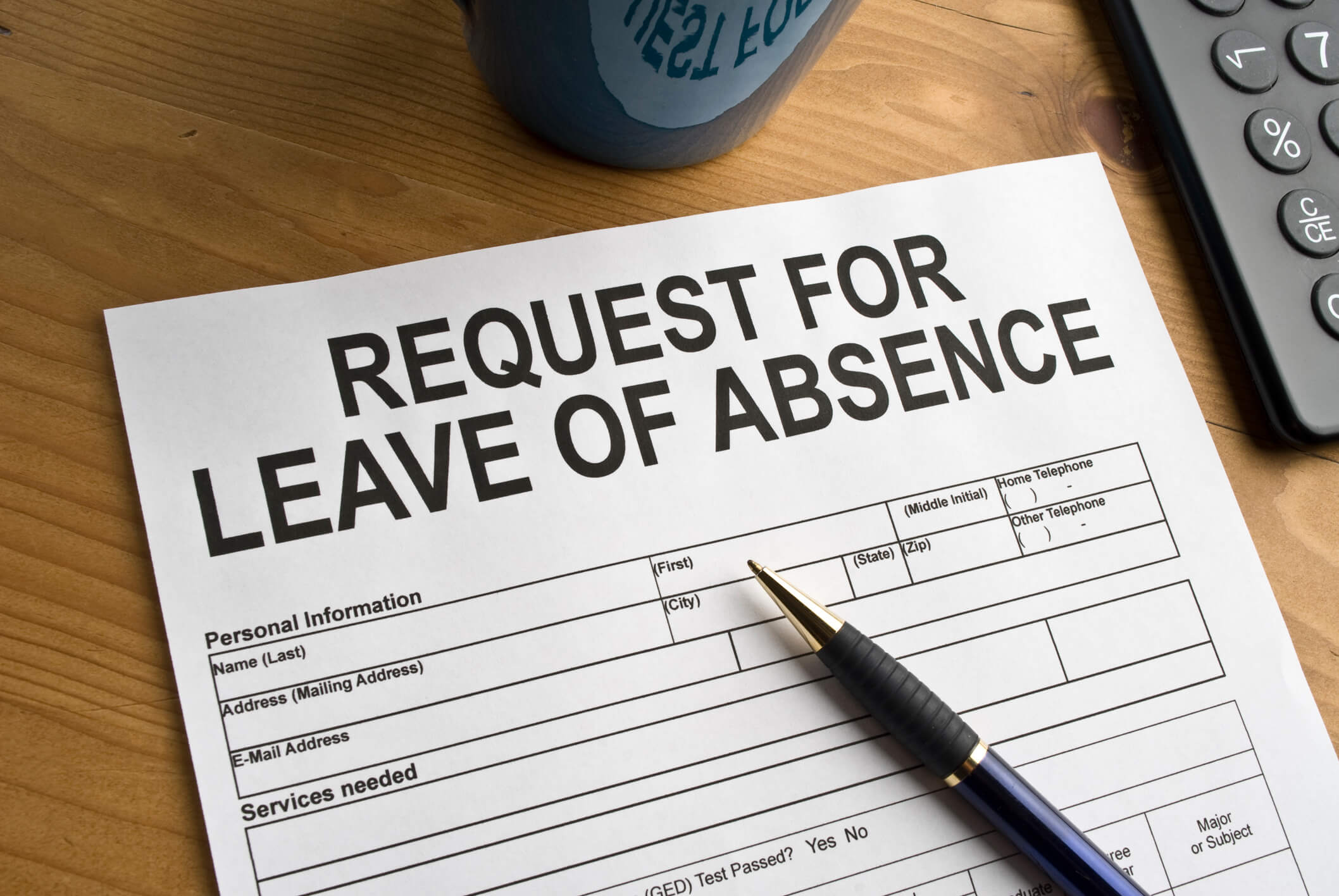Quick Hits
- Starting January 1, 2026, employers in Minnesota must allow employees working six or more consecutive hours with a thirty-minute unpaid meal break and a fifteen-minute paid rest break.
- The Minnesota Earned Sick and Safe Time law has been amended to allow employers to set reasonable notice requirements for unforeseeable leave and to require documentation for leave taken for two consecutive workdays.
Senate File 17 / House File 15 (SF17 / HF15)
SF17 / HF15, or the Workforce, Labor, and Economic Development bill, introduces some notable employment law changes, some of which we previously discussed.
Meal and Rest Breaks
Minnesota meal and rest break statutes are currently vague, stating that employers must allow employees working eight or more hours with “sufficient time” to eat a meal and with “adequate time” to use a restroom every four hours. Starting January 1, 2026, employers must:
- allow each employee working six or more consecutive hours an unpaid meal break of at least thirty minutes; and
- allow each employee a paid rest break of at least fifteen minutes or enough time to utilize the nearest convenient restroom, whichever is longer, within each four consecutive hours.
The statute reduces from eight to six hours the working time to be eligible for a break and specifies that unpaid lunch breaks should be at least thirty minutes and paid rest breaks should be at least fifteen minutes, importing into the statute provisions of the Department of Labor and Industry (DOLI) regulations.
If an employer fails to provide said meal and rest breaks, the employer would be liable to the employee for the meal or rest break time that should have been provided at the employee’s regular rate of pay, plus an additional equal amount as liquidated damages. It remains unclear whether employers would be excused from the obligation to pay liquidated damages to employees who voluntarily choose not to take a meal or rest break, nor does the statute indicate how such a choice by the employee should be documented.
Employers may want to make sure their current meal and rest break policies are in compliance with these changes by the new year.
Expansion of Powers and Duties of the DOLI Commissioner
The special session also slightly modified the powers of the Minnesota DOLI commissioner, who can now not only bring a civil action against an employer in district court, but can, in addition “to any other remedy provided by law, … also apply … for an order enjoining and restraining violations of any statute or rule” from occurring.
Employer Unemployment Penalties
The special session also increased penalties for employers that misrepresent or make false statements to the state’s unemployment insurance program, which is administered by the Minnesota Department of Employment and Economic Development, to 100 percent instead of the current 50 percent of the amount of overpaid benefits to the applicant, the amount of benefits that the applicant would have been entitled to, or the amount of the special assessment. The penalties will become effective on or after October 1, 2025.
Changes to the ESST
The Minnesota Earned Sick and Safe Time law was also slightly modified. These amendments are effective on July 1, 2025, and January 1, 2026, as indicated below.
Notice
Currently, if the need for ESST leave is unforeseeable, employees are required to notify their employers “as soon as practicable.” This amendment is effective July 1, 2025. Employees will be required to give notice of the need for ESST as “reasonably required by the employer,” meaning employers will again be able to set their own reasonable notice requirements in emergency situations.
Documentation
Employers will be able to require reasonable documentation from employees of the need for ESST, when the employee uses leave for two consecutive scheduled workdays (a change from three consecutive scheduled workdays). This amendment is effective July 1, 2025.
Replacement Worker
Although employers still cannot require employees to find replacement workers during their use of ESST, the new addition to the law clarifies that employees will not be prohibited from “voluntarily seeking or trading shifts with a replacement worker to cover” the ESST hours as of July 1, 2025.
Frontloading
Most interestingly, SF17 / HF15 includes a paragraph stating that:
An employer is permitted to advance earned sick and safe time to an employee based on the number of hours the employee is anticipated to work for the remaining portion of an accrual year. If the advanced amount is less than the amount the employee would have accrued based on the actual hours worked, the employer must provide additional earned sick and safe time to make up the difference.
This amendment is effective January 1, 2026. On its face, the amendment suggests that employers may advance ESST hours based on an employee’s anticipated work hours in the remaining portion of the year, for example, when an employee is hired in the middle of the year. It is unclear if this paragraph could mean that frontloading of less than forty-eight hours of ESST would be allowed in situations where employees are not expected to accrue that amount in a year. It is also unclear what this would mean for the payout requirement when employees are frontloaded less than eighty hours. The amendment also does not address the potential recovery of over-advancements of ESST.
Ogletree Deakins’ Minneapolis office will continue to monitor developments and will post updates on the Leaves of Absence and Minnesota blogs as additional information becomes available.
Follow and Subscribe
LinkedIn | Instagram | Webinars | Podcasts






